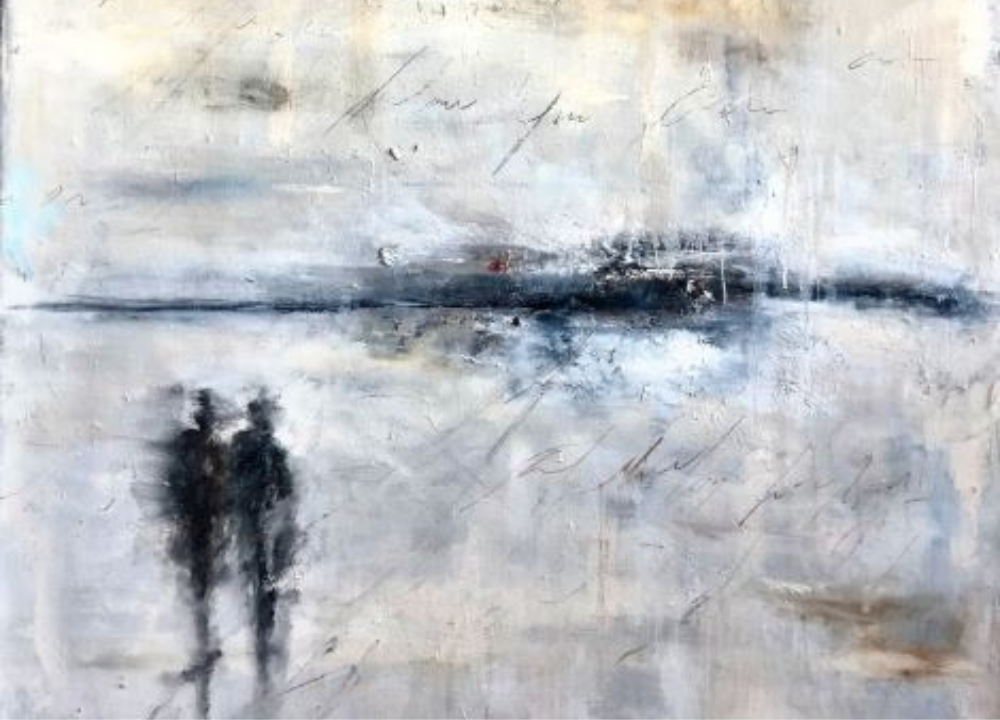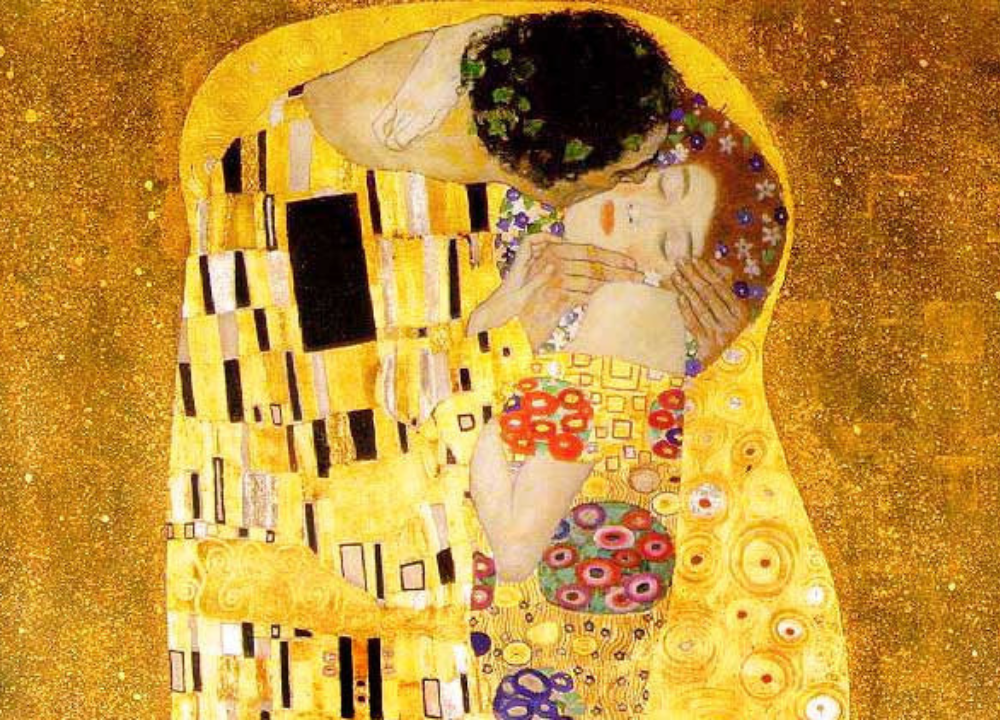Art has a unique power to evoke emotions and tell stories. When it comes to American art, a few names stand out.
If you’ve ever admired a painting and wondered about the genius behind it, you’re in for a treat. This blog post will introduce you to the top five famous American painters and their remarkable masterpieces. You’ll discover the talent and passion that shaped American art.
Exploring The Landscape Of American Art
American art reflects the diverse culture and history of the United States. From the early days of colonization to modern times, artists have captured the spirit of their surroundings. This blog post explores the top five famous American painters and their masterpieces.
The Evolution Of American Painting
The journey of American painting began in the colonial period. Early works often depicted landscapes and portraits, emphasizing realism. As time passed, styles evolved. Artists sought to express their identity and experiences.
Key movements shaped American painting:
- Hudson River School: Focused on landscapes, showcasing the beauty of nature.
- American Impressionism: Emphasized light and color in everyday scenes.
- Modernism: Experimented with form and abstraction.
- Abstract Expressionism: Focused on emotional expression through color and form.
Each movement contributed to the rich tapestry of American art. The Hudson River School artists, like Thomas Cole, painted breathtaking landscapes that celebrated the American wilderness. Impressionists like Childe Hassam captured urban life with vibrant colors.
Modernism and Abstract Expressionism brought new ideas. Artists like Jackson Pollock and Georgia O’Keeffe broke traditional boundaries. They created works that challenged viewers to see the world differently.
Our Selection Criteria
Choosing the top five famous American painters involved careful consideration. We focused on several key factors:
- Artistic Impact: How did the artist influence the art world?
- Masterpieces: What notable works did they create?
- Innovation: Did they introduce new styles or techniques?
- Legacy: How are they remembered today?
We examined each artist’s contributions to American culture. Their works often reflect societal changes and personal experiences. The selected artists span different movements and styles.
Here’s a simple table summarizing our criteria:
| Criteria | Description |
|---|---|
| Artistic Impact | Influence on other artists and movements. |
| Masterpieces | Notable works recognized worldwide. |
| Innovation | Introduction of new styles and techniques. |
| Legacy | How they are remembered today. |
These criteria helped us highlight artists who made a lasting mark on American art. Each painter has a unique story and a significant place in history.

Georgia O’keeffe
Georgia O’Keeffe stands out among the top five famous American painters. Her unique style and vibrant colors changed how people viewed art. O’Keeffe focused on flowers, landscapes, and abstract forms. Her work reflects her deep connection to nature and the American Southwest.
Life And Influence
Georgia O’Keeffe was born on November 15, 1887, in Sun Prairie, Wisconsin. She studied at the Art Institute of Chicago and later at the Art Students League in New York. O’Keeffe moved to New Mexico in 1918.
O’Keeffe’s work is known for its boldness and simplicity. She often painted large flowers, bones, and desert scenes. Her style is often linked to American modernism. O’Keeffe broke barriers as a female artist in a male-dominated field.
- Key Influences:
- Nature
- American Southwest
- Modernism
- Notable Achievements:
- First female painter to gain fame in America
- Received the Presidential Medal of Freedom
Notable Works
Georgia O’Keeffe created many notable works throughout her career. Her paintings often showcase the beauty of nature and the essence of the American landscape. Here are some of her most famous pieces:
- Black Iris III
This painting features a close-up of an iris flower. It highlights the flower’s delicate details and vibrant colors.
- Sky Above Clouds IV
In this work, O’Keeffe captures the vastness of the sky. The clouds appear soft and inviting.
- Jimson Weed/White Flower No. 1
This piece is famous for its bold use of color. It draws attention to the intricate details of the flower.
O’Keeffe’s art remains popular today. Many of her paintings are displayed in major museums. They continue to inspire new artists. Her work invites viewers to appreciate the beauty around them.
Jackson Pollock
Jackson Pollock is a key figure in American art. He is best known for his unique style of painting. Pollock’s work changed the art world. He was part of the Abstract Expressionism movement. His methods influenced many artists. His paintings are famous for their energy and depth.
Artistic Style
Jackson Pollock’s artistic style is often called “drip painting.” This technique involves dripping or pouring paint onto a canvas. It creates a dynamic and chaotic effect. Pollock used this method to express emotions and movement. His style can be summarized in a few key points:
- Action Painting: Pollock believed in the act of painting itself. He saw painting as an action, not just a product.
- Use of Color: His work features bold colors. He often used black, white, and bright hues.
- Large Scale: Pollock painted on large canvases. This allowed viewers to experience his art up close.
- Spontaneity: He embraced chance in his work. Pollock allowed the paint to flow freely.
Pollock’s approach was radical for his time. He rejected traditional techniques. Instead, he focused on the emotions behind the paint. This made his work feel alive and engaging.
His paintings reflect his inner thoughts and feelings. Pollock often worked in a trance-like state. His art invites viewers to explore their own emotions.
Key Paintings
Jackson Pollock created many iconic paintings. Each piece showcases his unique style. Some of his most famous works include:
| Painting Title | Year | Medium |
|---|---|---|
| Number 1, 1949 | 1949 | Oil on canvas |
| Blue Poles | 1952 | Oil on canvas |
| Convergence | 1952 | Oil on canvas |
| Guardian Figure | 1943 | Oil on canvas |
Each painting tells a story. For example, Number 1, 1949 is known for its chaotic beauty. The paint seems to dance across the canvas. Blue Poles features bold lines and colors. It reflects Pollock’s emotional depth.
Pollock’s work continues to inspire artists today. His approach encourages creativity and freedom in art. Viewers find something new each time they look at his masterpieces.
Andrew Wyeth
Andrew Wyeth is one of the most celebrated American painters. He is known for his realistic style and deep connection to nature. His works often reflect the landscapes and people of rural America. Wyeth’s art captures emotions and tells stories.
Themes And Techniques
Andrew Wyeth’s art focuses on various themes. He explores nature, rural life, and human emotions. His subjects often include:
- Landscapes of Pennsylvania and Maine
- Portraits of family and friends
- Everyday objects and scenes
Wyeth used several techniques to create his unique style:
- Egg Tempera: This technique involves mixing pigments with egg yolk. It creates a rich texture.
- Watercolor: Wyeth used this medium for softer effects. It adds depth to his work.
- Realism: He focused on detail and accuracy. His paintings feel lifelike.
His attention to light and shadow enhances his compositions. Wyeth often painted in muted colors, which evoke a sense of nostalgia. His ability to capture stillness makes his art powerful.
Signature Pieces
Wyeth created many famous paintings. Each piece tells a story and showcases his talent. Here are some of his most iconic works:
| Title | Year | Description |
|---|---|---|
| Christina’s World | 1948 | A woman lies in a field, looking at a distant house. It represents longing. |
| Braids | 1979 | A portrait of a young girl with braided hair. It captures innocence. |
| Winter 1946 | 1946 | A snowy landscape that conveys solitude and peace. |
These pieces highlight Wyeth’s ability to connect with viewers. They evoke feelings and memories. His art remains timeless, resonating with many people.
Edward Hopper
Edward Hopper is one of the most recognized American painters. His art captures the essence of American life in the early 20th century. Hopper’s work often reflects themes of isolation and loneliness. He has a unique style that combines realism with impressionism.
Cultural Impact
Edward Hopper’s work has left a lasting mark on American culture. His paintings are more than just images; they evoke feelings and thoughts. Many artists and filmmakers draw inspiration from his style. Hopper’s focus on light and shadow creates a mood that resonates with audiences.
Key aspects of Hopper’s cultural impact include:
- Influence on modern cinema.
- Inspiration for various writers and artists.
- Depiction of American life during the Great Depression.
His ability to portray everyday moments is striking. Many of Hopper’s scenes are now iconic. They reflect the feelings of many Americans. Through his work, he brings attention to the struggles of city life. Art critics and historians often study his impact.
Famous Works
Edward Hopper created numerous famous paintings. Each work showcases his unique style and perspective. Here are some of his most notable pieces:
| Title | Year | Description |
|---|---|---|
| Nighthawks | 1942 | A diner scene at night, showing people in isolation. |
| Morning Sun | 1952 | A woman sitting in a sunlit room, reflecting on her thoughts. |
| Gas | 1940 | A lonely gas station, highlighting American life and solitude. |
| Automat | 1927 | A woman sitting alone in an automat, conveying feelings of loneliness. |
| House by the Railroad | 1925 | A house set against a railroad, symbolizing isolation. |
These works show Hopper’s talent for capturing emotion. Each painting tells its own story. They reflect moments of stillness in a busy world. Hopper’s art remains influential and admired.
Mark Rothko
Mark Rothko is one of the most celebrated American painters. He is known for his unique style that focuses on color and emotion. Rothko’s work has influenced many artists and movements. His paintings have a deep connection with viewers.
Color Field Painting
Color Field painting is a significant art movement. It emphasizes large areas of color and simple shapes. Mark Rothko is a key figure in this movement. His work moves beyond traditional painting. It focuses on the emotional impact of color.
Rothko believed that colors could express deep feelings. He often used vibrant hues to create a mood. His paintings invite viewers to experience emotions. This approach changed how people view art.
Key features of Color Field painting include:
- Large, flat areas of color
- Simplicity in form
- Emphasis on emotional experience
- Use of color to evoke feelings
Rothko’s paintings are not just visuals; they are experiences. He aimed for viewers to feel something profound. Many find a sense of peace in his works. Others may feel sadness or introspection.
Here is a summary of Rothko’s style:
| Feature | Description |
|---|---|
| Color Use | Vibrant and emotional |
| Form | Simple and large |
| Viewer Impact | Deep emotional engagement |
Iconic Creations
Mark Rothko created many iconic paintings. His works are displayed in top museums worldwide. Some of his most famous pieces include:
- No. 61 (Rust and Blue) – This painting features bold colors and deep emotion.
- Orange, Red, Yellow – Known for its vibrant hues, it won the hearts of many.
- Black on Maroon – This piece shows Rothko’s ability to blend color and emotion.
Each painting tells a story. Rothko often painted in series, exploring similar themes. He used color to connect with viewers. His artworks provoke thought and feeling.
Many of Rothko’s works are large. This size enhances their emotional impact. Viewers often feel engulfed by the colors. They become part of the experience.




